Those bumps on your butt probably aren’t pimples

Once upon a time, a sage by the name of Sir Mix-a-Lot took to the airwaves to extoll the virtues of a “Rump-o’-smooth-skin.” Thirty years later, the skincare industry is awash with products designed to make that goal a reality — from butt butter and butt polish to butt masks and creams.
Advertisement
Cleveland Clinic is a non-profit academic medical center. Advertising on our site helps support our mission. We do not endorse non-Cleveland Clinic products or services. Policy
Butt it still happens: baby got “buttne.”
But what exactly is butt acne? Turns out — most of the time — it isn’t really acne at all.
We talked to dermatology specialist Lauren Zamborsky, CNP, to find out what conditions cause pimple-esque blemishes on your behind, how to treat them and how to keep them from coming back.
The three most common causes of so-called butt acne aren’t acne. Folliculitis, keratosis pilaris and boils (or, if there are multiple, carbuncles) are more common. In fact, you may have more than one of these conditions!
When it comes to rump bumps, the most common culprit is folliculitis. Put simply, folliculitis is an irritation of a hair follicle.
That irritation could be the result of any number of issues, Zamborsky says. “It can be something very simple like friction, wearing clothing that’s too tight, shaving too frequently or getting too close of a shave, waxing or even plucking hairs.” Folliculitis can also be the result of a bacterial infection (the most common is staphylococcus aureus), a fungal infection (for example, a yeast infection of the skin) or even a mite.
People who have compromised immune systems (especially people with HIV and AIDS) can also contract rarer forms of folliculitis, like eosinophilic folliculitis. Doctors usually treat eosinophilic folliculitis with anti-retroviral medications.
Advertisement
Depending on what’s causing the condition and the scope of the problem, folliculitis’ appearance can differ. In some cases, folliculitis causes a single, pimple-like pustule to form. In other cases, it more closely resembles a rash.
Unlike folliculitis, which can make itself at home pretty much anywhere you’ve got hair, keratosis pilaris is usually confined to a few specific body parts:
It’s also commonly found on children’s faces.
“Keratosis pilaris happens when keratin — a protein that’s on the skin — builds up within the hair follicles,” Zamborsky explains. “The conditions is very common among younger people. It’s typically something you grow out of over the course of your lifetime.”
She adds that keratosis pilaris occurs when your skin is very dry. As a result, the condition is more prominent during the winter.
Fun fact: Boils are actually a specific type of folliculitis!
OK … maybe not a fun fact. But it’s good to know.
“You can have deep folliculitis or superficial folliculitis” Zamborsky notes. “Deep folliculitis is what we call a boil. The fancy name for a single boil is a furuncle. If there’s multiple boils or they have multiple white heads in them, that’s what we call a carbuncle.”
The names are fun to say, but whatever you call them, these blemishes are no laughing matter.
“Boils are usually the result of an overgrowth of a bacteria called staphylococcus aureus — a staph infection,” Zamborksy says.
About 20% of us have staphylococcus aureus living in our noses or on our skin, she continues. That bacteria can transfer under your fingernails and, from there, spread to other parts of your body. It’s one of the many reasons you want to wash your hands regularly and avoid picking at zits of any kind.
While rare, fungi, streptococcus and pseudomonas can also cause these painful abscesses.
While folliculitis, keratosis pliaris and boils are the most likely causes of so-called “butt acne,” that doesn’t mean there aren’t other conditions that could be responsible. Some of the not-so-usual suspects include:
Advertisement
If you’ve arrived at this article out of a fear that you’ve contracted a sexually transmitted infection, you aren’t alone. A lot of people search the internet with this exact question.
The most common causes of butt acne aren’t sexually transmitted, but it is possible to contract an STI with symptoms that include pimple-like bumps on your butt.
It’s possible that what looks like butt acne is actually herpes. “Herpes simplex — the virus that can cause genital herpes — can sometimes look like pimples,” Zamborsky says. “They’re typically more blister-like and feel softer than a pimple.”
For some people, herpes burns and itches. Other people don’t notice any sensation at all.
Another possible diagnosis: Mpox (formerly known as monkeypox). This condition spreads through skin-to-skin contact and causes pus-filled blisters to form — and ultimately crust over — on your skin. While there is a vaccine for Mpox, it’s not as widely available as one would hope. If you think you’ve been exposed to Mpox, you should see a doctor immediately, as you may be contagious.
It’s also important to remember that both herpes simplex and Mpox can be spread through nonsexual contact as well. When in doubt, get tested.
Advertisement
At this point, we’ve established that “butt acne” is a misnomer. As there’s a wide range of conditions that could manifest in pimple-like bumps on your behind, the list of possible causes is long. That said, there’s such as thing as an “ideal ecosystem” for these kinds of problems. Let’s break down the components:
It’s pretty hard to avoid booty blemishes, but you can reduce your risk with some minor lifestyle adjustments.
Let’s be honest: Butt pimples can be a bit embarrassing. If they’re not causing you serious pain, you may prefer to treat them yourself at home. It’s fine to try the DIY approach at first.
Advertisement
Here’s the order of operations Zamborsky recommends:
If these at-home treatments aren’t working, she advises getting checked out by a doctor.
“There can be a lot of different causes of butt blemishes. It’s often a bacteria, but it could also be something like yeast. It could even be viral. Getting to the root of what’s causing this issue is important and your healthcare provider will be able to work with you to figure it out.”
In some cases — say, when a boil is particularly painful or severe — the doctor may need to lance it. Do not do that yourself. In fact, keep your hands away from your rump bumps as much as possible.
“The biggest thing I want people to be cognizant of is how important it is that you not pick your skin,” Zamborsky emphasizes. “The more we pick our skin, the more irritated we make it and the worse the problem gets.”
As you can imagine, preventing butt acne is easier said than done. Still, there are a few things you can do to reduce the chances of recurrence.
If you decide to see a healthcare provider about your butt bumps, be prepared to answer the following questions to the best of your availability:
These questions will help your doctor figure out what the right diagnosis is and how to go about treating you.
The bottom line
If you like smooth butts (and you cannot lie), “buttne” can be a real buzzkill. While you can’t avoid the conditions that cause butt blemishes entirely, simple adjustments to your daily routine can go a long way in protecting your posterior.
Learn more about our editorial process.
Advertisement

Birth control pills with estrogen are best for fighting hormonal acne
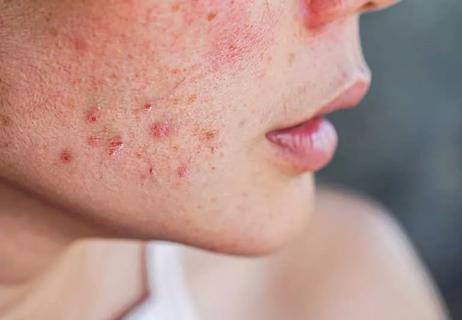
Hormone fluctuations impact oil and sebum production, creating painful, tender pimples

Look for a formula with either benzoyl peroxide or salicylic acid

OTCs that can help treat teen acne, and getting into a skin care routine, can go a long way
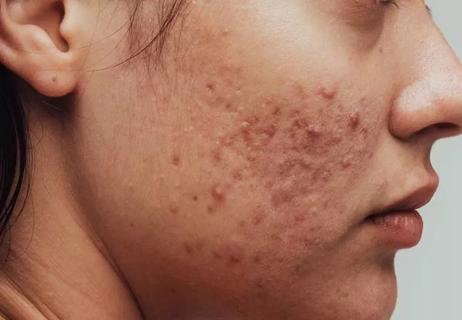
The location of your acne can tell you a lot about what’s causing it and how to treat it
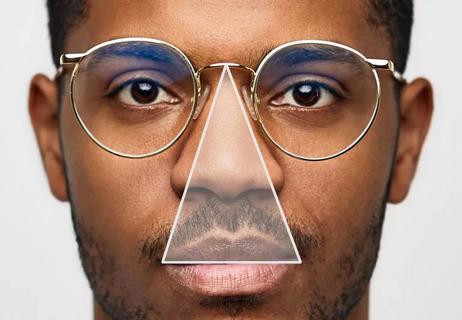
Why you shouldn’t pop a pimple on your nose or near your mouth
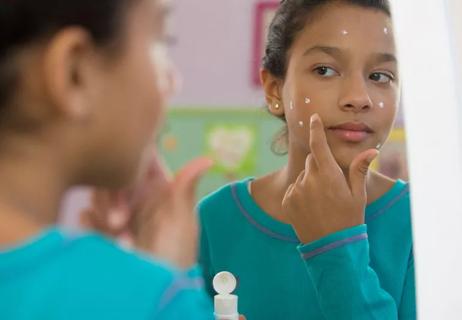
Better, safer treatments are available
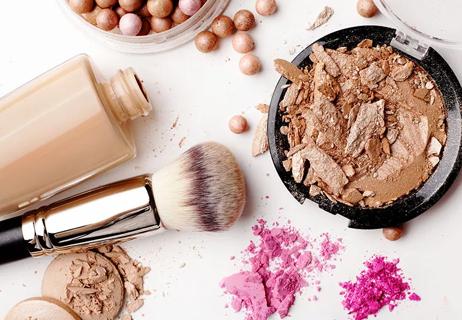
Keeping brushes clean and new can prevent bacteria growth

Type 2 diabetes isn’t inevitable with these dietary changes

Applying a hot or cold compress can help with pain